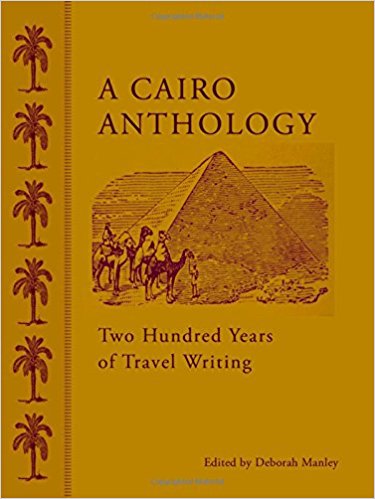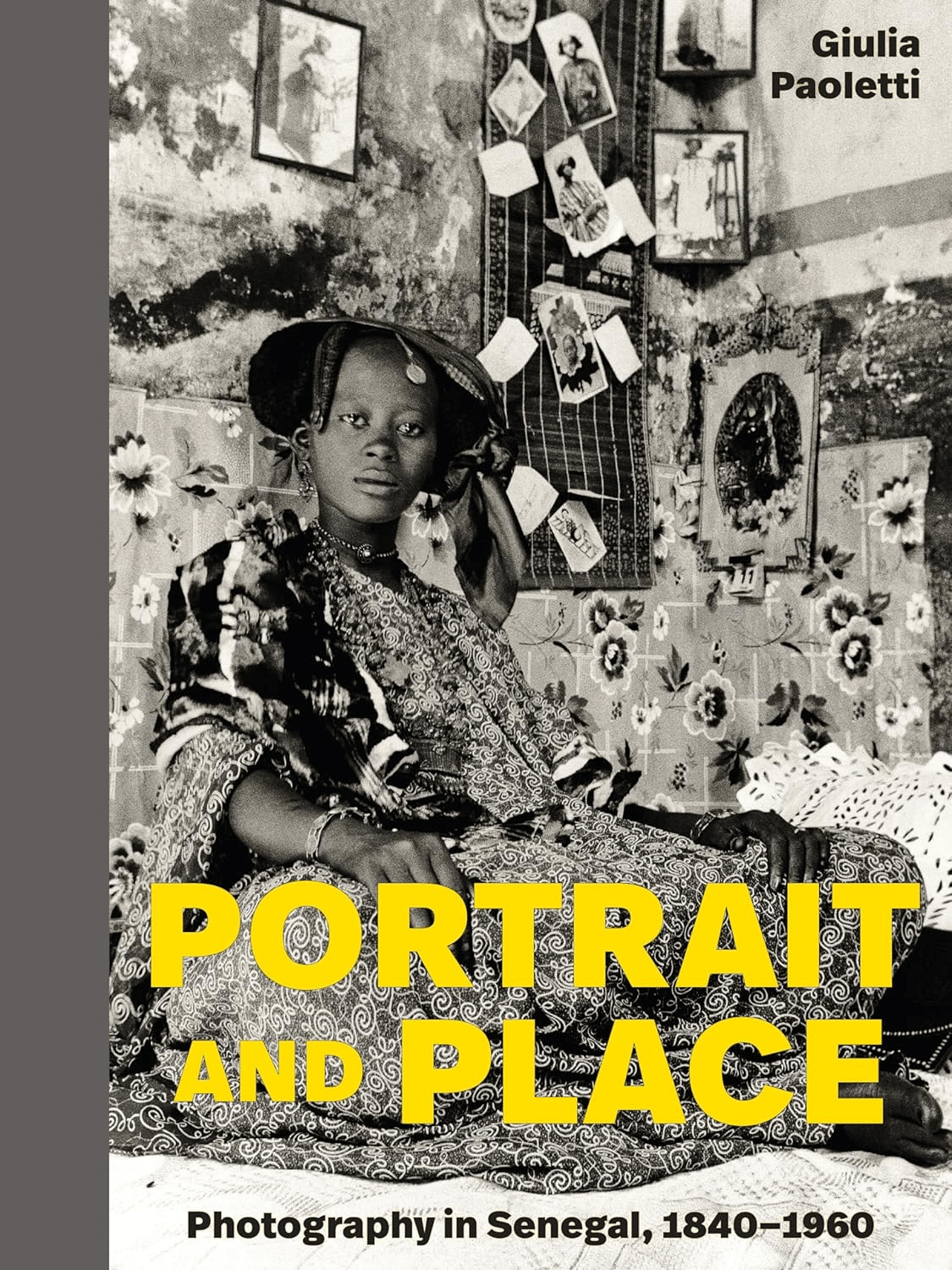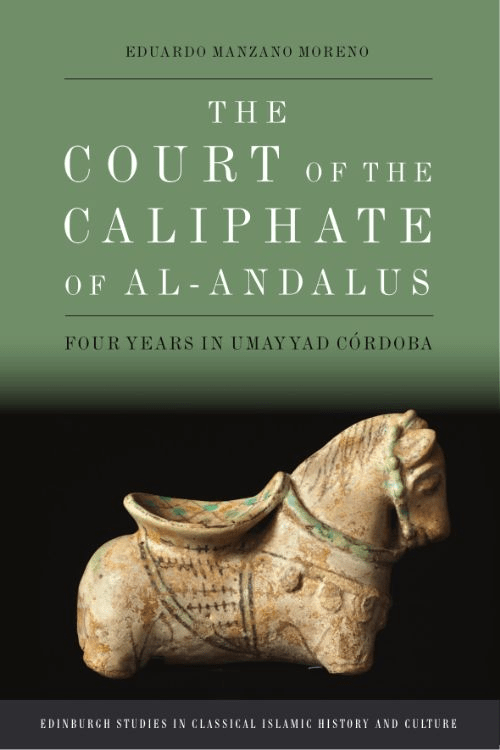
A Cairo Anthology: Two Hundred Years of Travel Writing
Robert W. Lebling
Deborah Manley, ed.
2013, AUC Press, 9-789-77416-612-9, $18.95 hb.
This collection of short writings about Egypt’s capital by travelers over the past two centuries offers revealing insights into the city’s remarkable character. As travel writer Edith Butcher described it in 1914, Cairo is essentially five cities: Ptolemaic, Early Christian, Arabic (i.e. Early Islamic), Medieval and Modern. While Egypt’s capital is situated just across the Nile from the Giza Pyramids, it was not a pharaonic capital. But its history is very rich nonetheless. The writers describe with awe the Citadel, Cairo’s “Acropolis,” overlooking the city from the east, built by Saladin (some say with the labor of captured Crusaders) and upgraded by Muhammad Ali, founder of modern Egypt, in the early 19th century. Butcher, Pierre Loti, Stanley Lane-Poole and others tour the many historic mosques of Cairo, with special regard for the Mosque of Ibn Tulun, the city’s largest and perhaps the oldest preserved in its original form. Richard Burton, Alexander Kinglake, Edward William Lane and other guides wander the colorful bazaars and streets of Cairo. The selections also include glimpses of the city’s beautiful gardens—cool, green oases that provide welcome shelter from the summer heat. And of course there are entertaining excursions to the Giza Pyramids, across the Nile. This is a good volume to take on a visit to Cairo, to deepen one’s appreciation of the city’s attractions and their colorful history.
You may also be interested in...

A Fresh Perspective on Senegal’s Photographic History
Author Giulia Paoletti’s Portrait and Place puts historical Senegalese photography in a fresh global context.
New Perspective Offered in The Court of the Caliphate of al-Andalus — Our Book Review
Author Eduardo Manzano Moreno gives life to a court scribe’s observations of Córdoba to offer a rarely explored view of the era